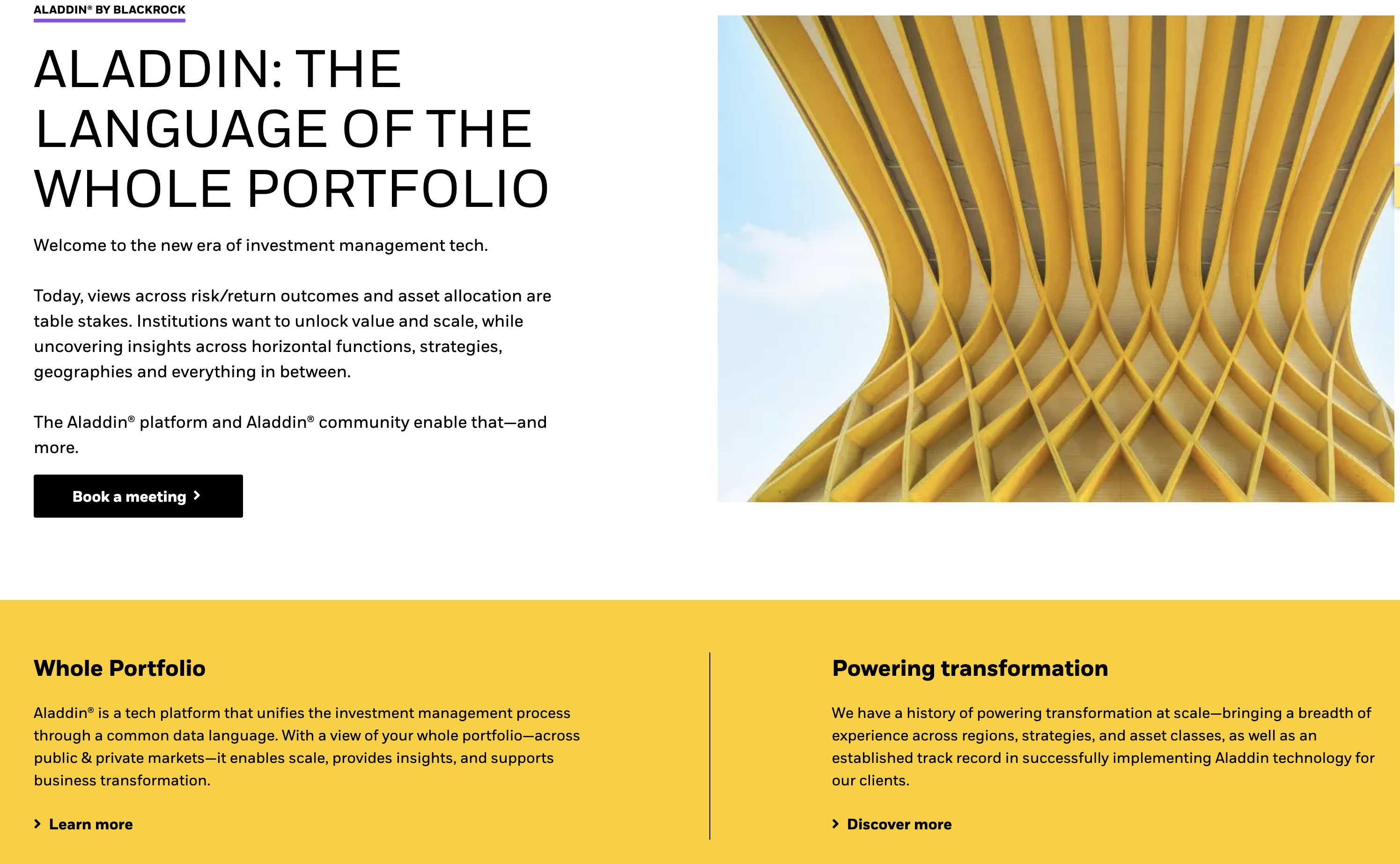Autonomous Portfolio Manager | 매거진에 참여하세요
Autonomous Portfolio Manager
#AI #finance #analysis #analyst #risk #reponsible #investment #fund #manager #role
AI and Finance: The Rise of the Autonomous Portfolio Manager
In 2025, AI is no longer just an automation tool in finance—it’s becoming a decision-maker.
On Wall Street, major asset managers and hedge funds are actively experimenting with AI-driven autonomous portfolio managers.
Traditionally, platforms like Bloomberg Terminal or Refinitiv could flood analysts with data, but the actual investment decisions still relied on human judgment.
Today, large language models (LLMs) and reinforcement learning systems can analyze markets, adjust portfolios, and manage risk autonomously.
BlackRock is integrating its risk management system Aladdin with AI engines to optimize portfolios

while JPMorgan is experimenting with AI-designed customized ETFs.
What was once a pilot is now moving into live portfolios that directly affect client assets.
The Shifting Role of Human Analysts
Fund managers have always been evaluated on four core skills:
- Market interpretation – synthesizing news, data, and policy shifts
- Risk management – controlling portfolio volatility
- Idea generation – discovering new alpha sources
- Emotional resilience – staying calm during market shocks
AI is already excelling in the first three areas:
- Data interpretation: LLMs summarize millions of news articles and filings in real time
- Risk management: Reinforcement learning models execute volatility-minimizing strategies
- Idea generation: AI mines alternative datasets such as satellite images, credit card transactions, and logistics flows
The remaining human edge lies in narrative and persuasion.
Explaining why a strategy is chosen, reassuring clients, and building trust under uncertainty remain distinctly human responsibilities.
Where AI Portfolio Managers Stand Today
We’re not yet in the era of fully autonomous funds. Instead, the reality looks like this:
- Widespread assistance:
Stable in tasks like risk reporting, news summarization, and data visualization
- Partial automation:
AI helps with ETF design, stock recommendations, and customized investment suggestions
- Full autonomy remains limited:
Regulatory, trust, and accountability issues keep full-scale adoption experimental
Right now, AI portfolio managers are more like powerful co-pilots, not captains.
How the Financial Ecosystem Is Changing
- Fee Pressure
AI managers operate at a fraction of human costs. Active fund fees will inevitably be squeezed as AI-driven operations scale.- Hyper-personalized investing
AI can design portfolios based on a person’s income, spending patterns, even health data.Some firms are already piloting AI-powered retirement plan optimizations.
- New volatility risks
If multiple AI systems react to the same signals simultaneously, we could see flash-crash–like cascades in buying and selling.AI-driven herd behavior may become a new systemic risk.
Regulation and Trust Issues
Regulators are paying close attention to the “black box” nature of AI:
Explainability (XAI): Why did the AI buy or sell a particular asset?
Bias risk: Decisions could be skewed by uneven data sources
Liability: If AI causes investor losses, who is accountable—the fund, the AI vendor, or the model developers?
Because of this, most firms currently maintain a hybrid model: human managers augmented by AI copilots.
Conclusion: The Age of the Hybrid Manager
AI portfolio managers are not a passing experiment—they represent a structural shift in finance.
For the near future:
Humans will focus on narrative, persuasion, and accountability
AI will drive analysis, efficiency, and risk management
A day may come when fully autonomous AI funds run without human oversight.
But for now, the future belongs to co-evolution- humans and AI shaping investment together.






